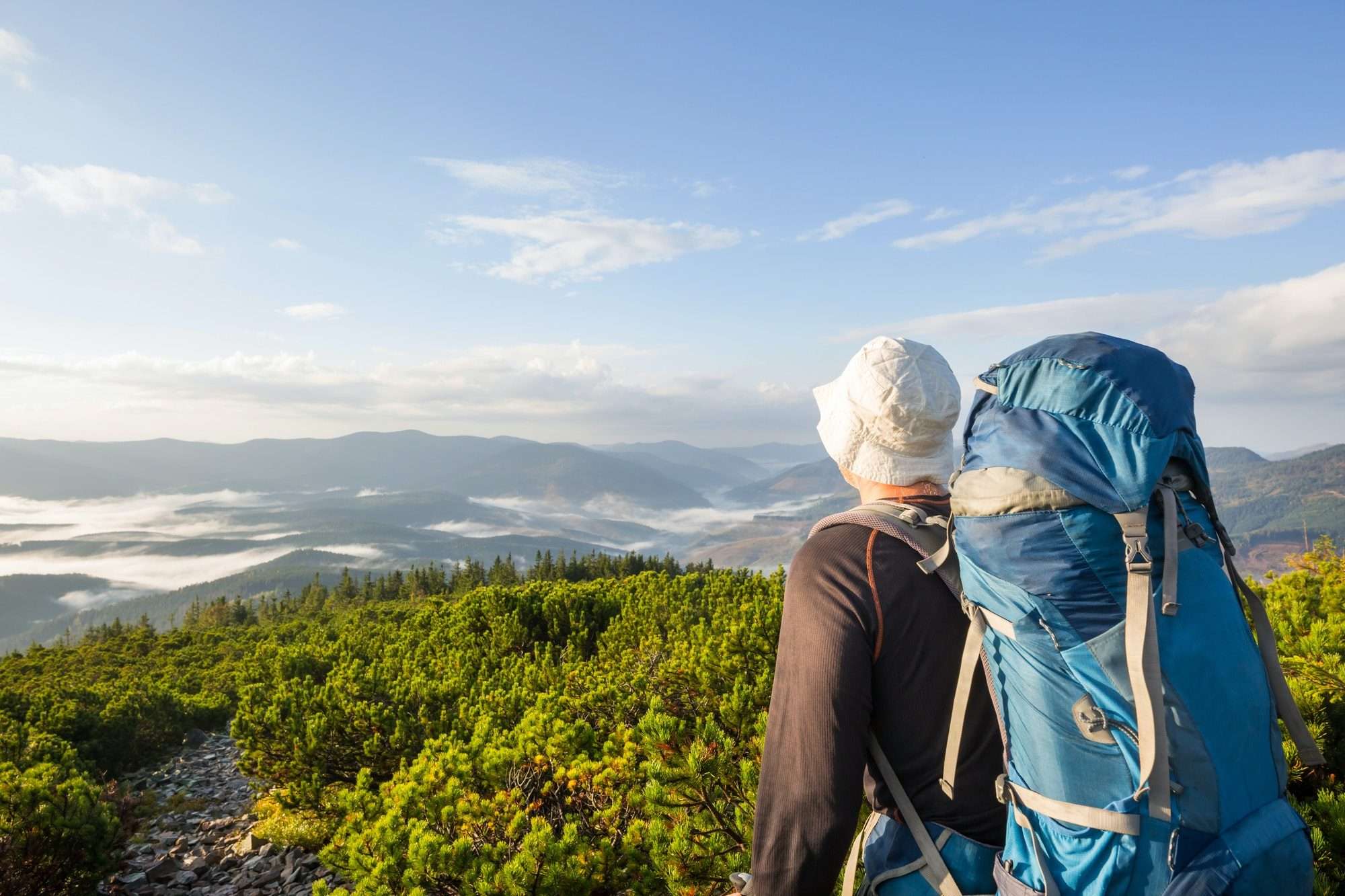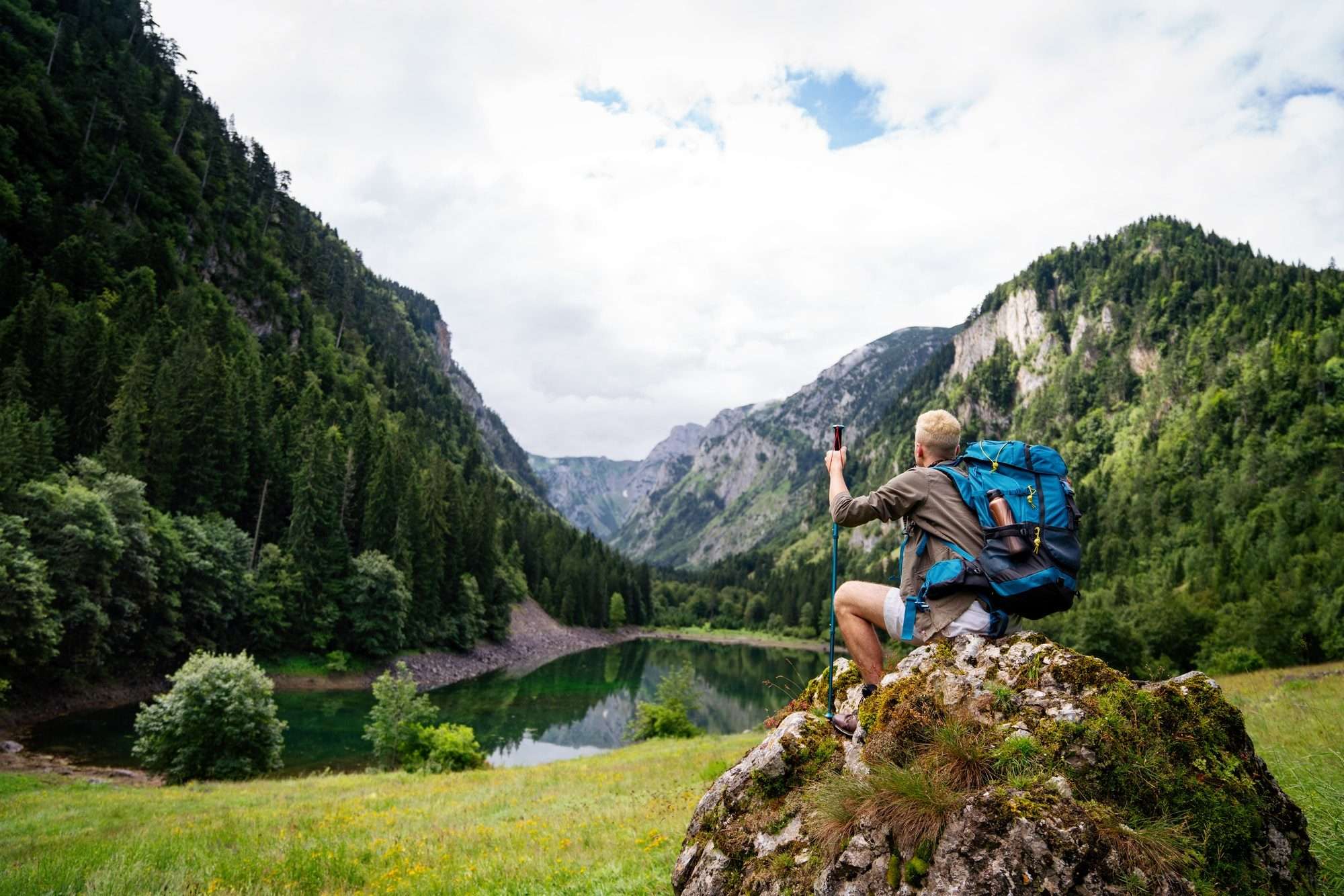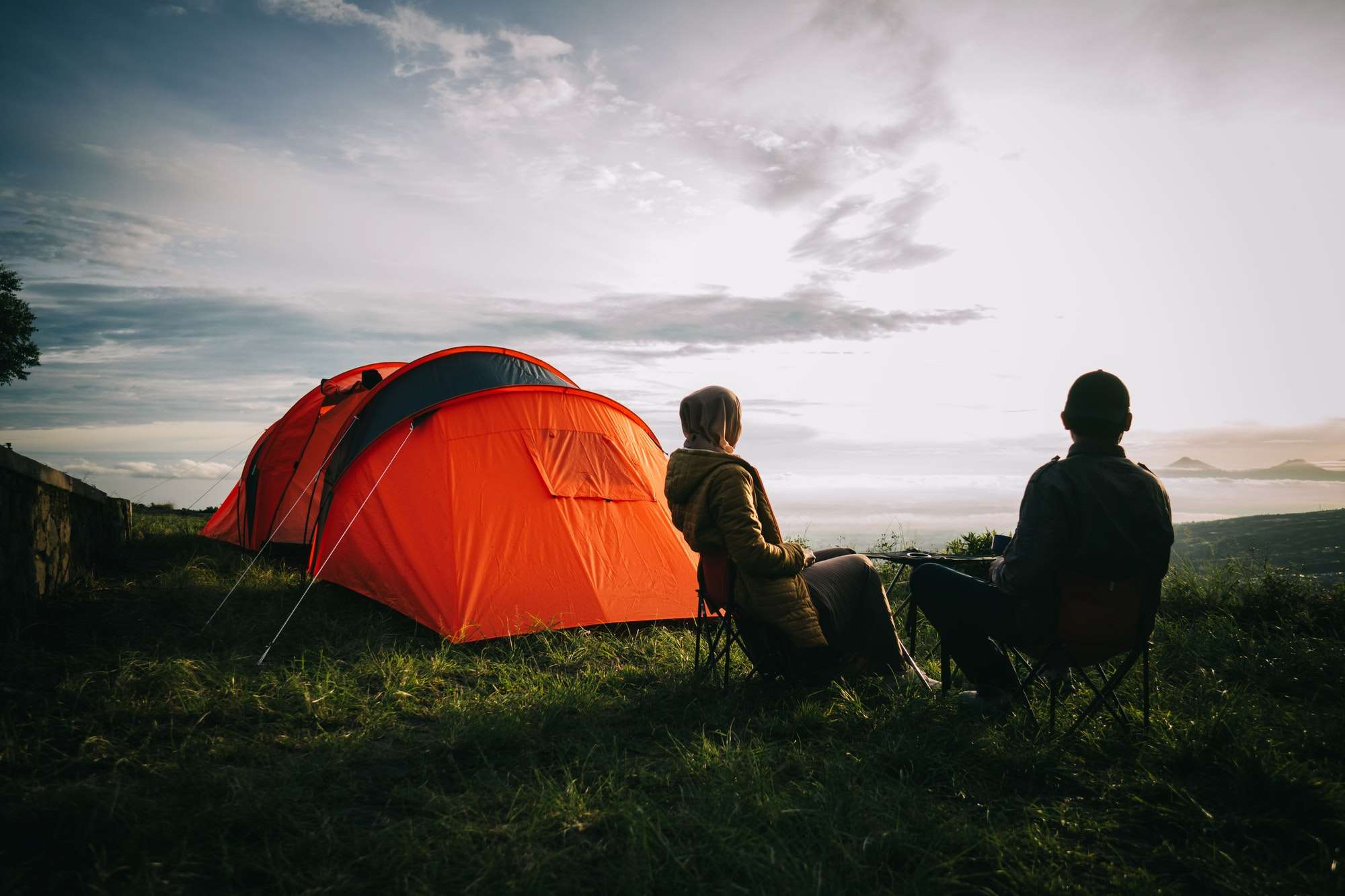Mike
April 14, 2023

This is not really a question I personally get asked a lot but there’s usually an expression of mixed concern and wonderment when you tell people you hike for multiple days with no shower, no means of easy escape and no communication to the modern world. So why do it?
Different hikers and backpackers will have their own reason(s) for getting out into nature. For myself, not only do I simply love nature, but since I stare at a computer screen 8-10 hours a day, an unplugged escape is a welcome, and in many instances, a needed break from the every day.
There is something about looking out on a still lake as mist or fog starts to roll in, or looking down a tunnel made of tree bows and seeing no one else on the trail that centers me, allows me to re-connect to the inner-self that gets lost so easily in the mundane and daily grind of my work life.
So, why do YOU hike?
If you have watched any of my videos on YouTube, this question has a VERY simple answer. Anyone and everyone.
I have traded positions on the trail with groups of retirees, seen couples carrying their infant child in a backpack and have even seen one man be the guide for a visually impaired person. I myself have lost and gained weight, suffered minor injuries and I still hike.
My best advice to you – my would-be hiking enthusiast – is to start. Make your “one day” become “day one”. Think of hiking and backpacking as an extension of walking – because really, that is all it really is – walking. Start with a walk around the block, then 2. Find a community trail and – with the help of a friend or cab or taxi – walk until you can’t go any farther. Bring a small backpack for snacks and water and when you’re done, call to get picked up. Track your distance with FitBit, AllTrails or one of many fitness trackers out there. Watch how you improve the more you hike.
I remember a time when my wife and I were Geocaching on weekends and we would walk down a trail collecting geocaches. By the time our FitBits registered 10,000 steps (roughly 8KMs) we were exhausted and very, very sore. Now I think back and compare that to some of my bigger days on the trail – registering 45-55,000 steps and shrugging a 30KM day like it was nothing (OK, maybe almost nothing – but I was still in my 40’s when I was hiking these numbers!).
Point is – manage your expectations. Get to know your body, your capabilities and improve upon them.



Oh, you just HAD to ask! 🙂
Well, if you’re just starting out, figure out what you need for a day hike. Assume you’ll be gone for a few hours but pack some “just in case” items. I’ll never leave home without at least 2 bottles of water, my water filter, an emergency blanket and/or an emergency bivy (check out my gear lists for ideas!), a trowel, toilet paper, a first aid kit, a multitool and a recharging unit for my phone. In addition to the gear, pack extra snacks and at least an additional layer for warmth.
If you’re ready to jump into the gear water with both feet, there’s still a lot of research and thinking you need to do.
For the most part, the lighter the gear, the more you’ll be paying for each piece of equipment. Most experienced hikers and backpackers will all agree that you should focus on the 3 main pieces of gear as they will be the most expensive AND the heaviest pieces. Those pieces are: your tent; your sleeping bag; and your backpack. I would go so far as to make a 4th suggestion to add to that list and add in your sleeping pad. Nothing – aside from poor foot care – will make or break your trip like the ability or inability to sleep and rest between days of hiking.
If you’re frugal, and you take your time to snag some sales AND you don’t mind carrying some extra weight, you could get yourself kitted out for $500-$600. If you insist on going ultralight, be prepared for a tally more than twice that amount.
Use the expertise of the people who work at places like MEC, Sail (if you’re in Canada) or REI (in the USA). If you’re not Canada or the USA, find a retailer that specializes in outdoor sports. Your department store or big box store will most likely not have knowledgeable sales staff.
Try on different backpacks. Most of these outdoor retailers will help you fit a backpack – determine the right size (yes, there are different sizes in addition to the volume capacity!) and fit for your body type.
Some pointers and suggestions:
Do NOT get hung up on men’s versus women’s. What fits, fits.
Do NOT get hung up on what other people – myself included – use! This could be single versus double walled tents, the type of stove you use to boil water, quilt versus sleeping bag. Only you can determine what works for you – and how much money you’re willing to invest in your new hobby.
DO expect to fail and choose the wrong piece of gear from time to time! This is bound to happen. It could look great in the store or have a fantastic sale price and maybe you find someone who absolutely swears by product XYZ from company ABC. But if it fails for you or doesn’t perform the way you need it to, shrug it off as a learning experience and try something else.
In my case, I’ve gone through 4 different tents, 2 sleeping bags and now a quilt. I have tried 3 backpacks, 3 sleeping pads and 2 different cook sets.
At least I can kit out a friend if they want to go hiking with me 🙂 (just ask Paul).
Got questions? Lost? Not sure where to go from here? Check over my gear lists, watch some of my videos to see the gear I’ve chosen in action and of course, feel free to reach out!